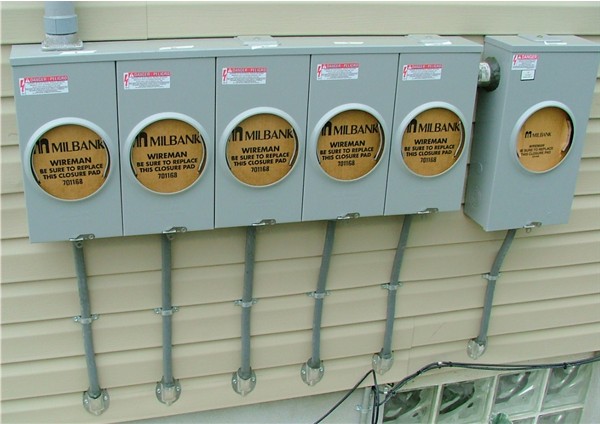If you could be so kind to clear up a feeder size question for me.
Disregarding voltage drop:
If I have a 200A continuous load (480V) on a 250A breaker, how do I size this feeder?
a. 125% of the load
b. Just to cover the 250A breaker
c. 125% of the 250A breaker
Appreciate any help you give me on this question.
Ken
Disregarding voltage drop:
If I have a 200A continuous load (480V) on a 250A breaker, how do I size this feeder?
a. 125% of the load
b. Just to cover the 250A breaker
c. 125% of the 250A breaker
Appreciate any help you give me on this question.
Ken

